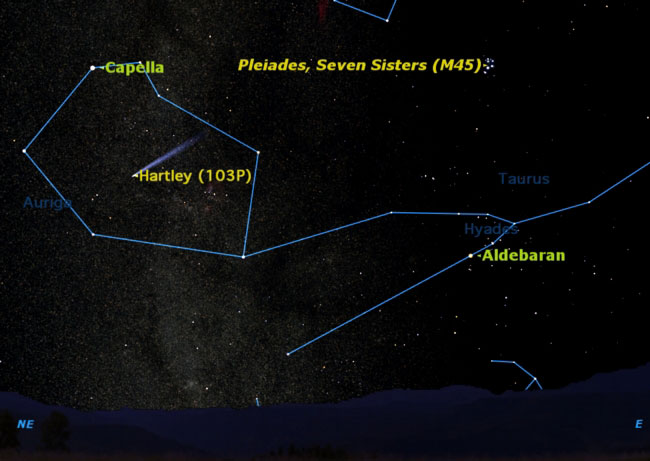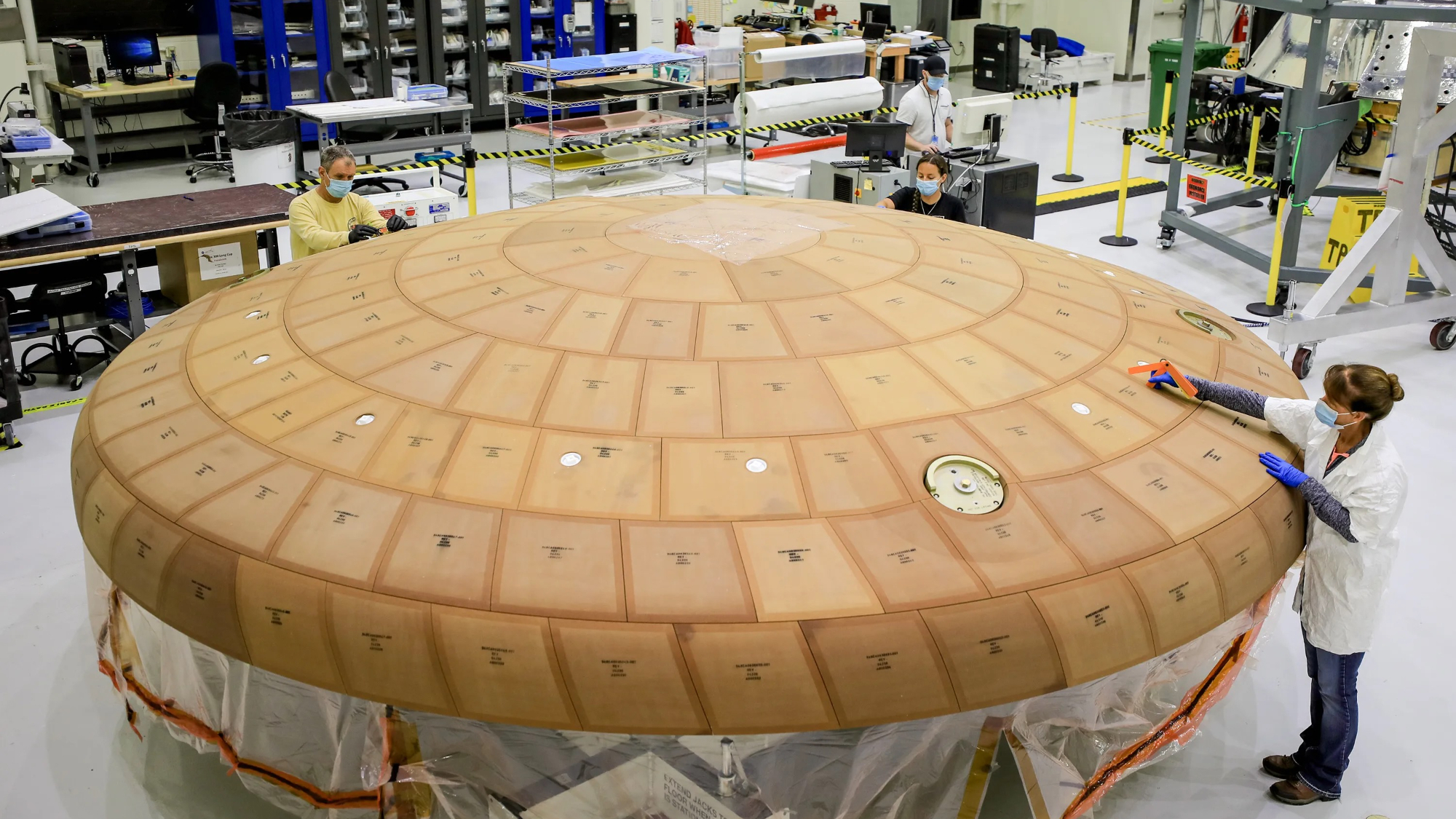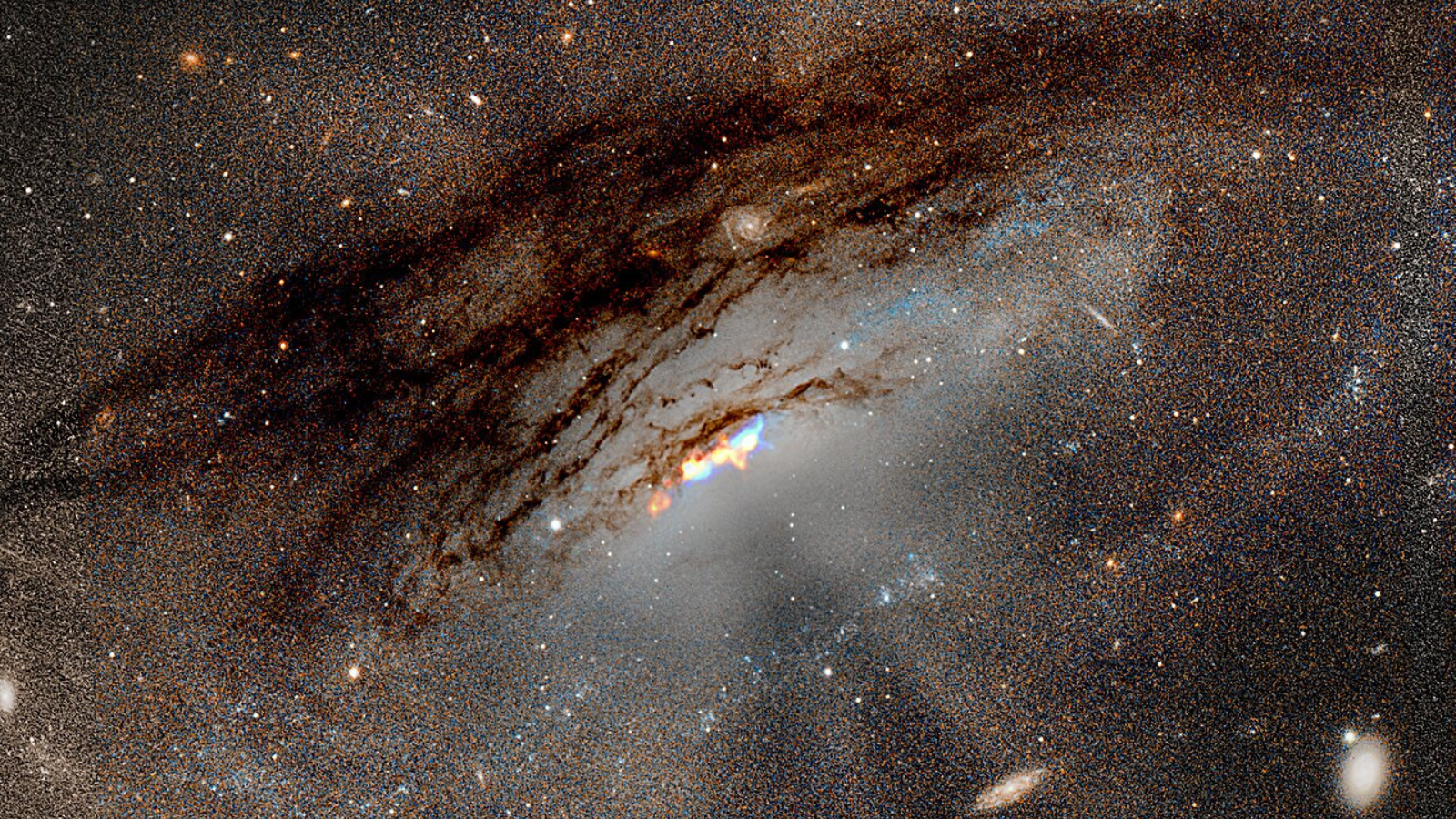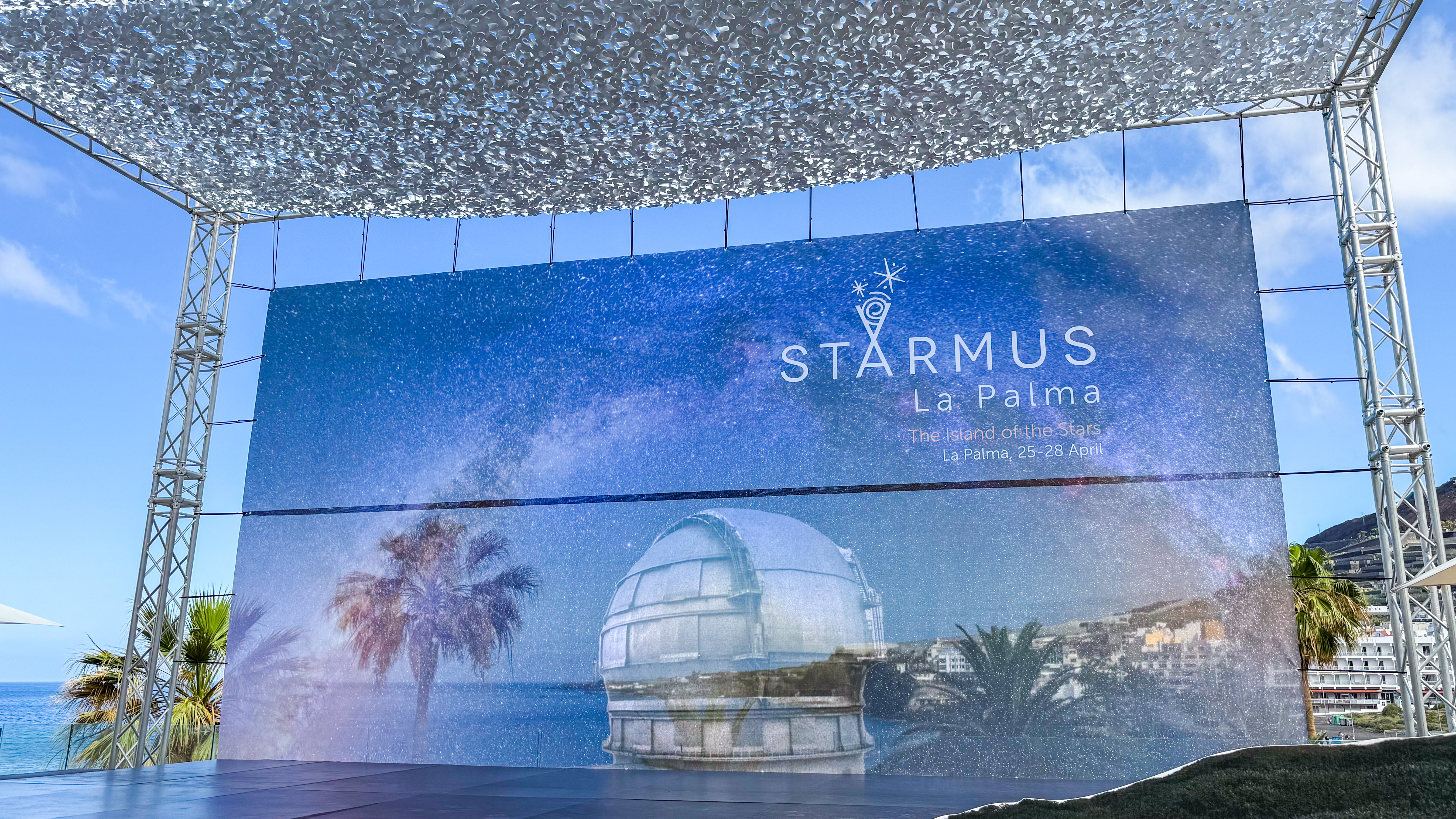Comet Hartley 2 Ready for Close-up With Earth Wednesday

This week a fairly bright comet is visible in thenortheastern sky and makes its closest approach to Earth tomorrow (Oct. 20),though it may be difficult to spot without clear conditions well away from citylights.
For a few nights at mid-week, Comet103P/Hartley 2 will be perfectly placed in the bright circle of stars thatform the constellation Auriga.
This sky map shows where to look to spot the comet, weatherand lighting conditions permitting. Binoculars or a small telescope are advisedto obtain the best viewing conditions.
Rare comet encounter
Bright comets are rare, perhaps one every three to fiveyears. It's impossible to tell far in advance how bright a comet may be.
CometHartley 2 was discovered by Australian astronomer Malcolm Hartley 24 yearsago. It?s only in the last few days that it has become bright enough to bespotted with binoculars or the naked eye.
This SPACE.com CometHartley 2 skywatching guide describes how to see the celestial event.
Get the Space.com Newsletter
Breaking space news, the latest updates on rocket launches, skywatching events and more!
It is best viewed with 10x50 to 20x80 binoculars from adark sky location. If using a telescope, choose the lowest magnificationpossible.
Like the famous Halley's Comet, Comet Hartley 2 is aperiodic comet that follows a years-long loop around the sun. It takes 6.46years to complete one circuit, compared with Halley?s 75.3 years.
Comet's close approach
Unlike some comets, Hartley 2 never crosses the Earth?sorbit, so it is high in the night sky when it makes its closest approach. Itwill be closest to the Earth on Oct. 20 at 3 p.m. EDT (1900 GMT), and closestto the sun on Oct. 28.
At its closest, Comet Hartley 2 will be only 0.12astronomical units (11 million miles, or 18 million km) from the Earth.
Because we are seeing this comet pretty much "head on"with the sun behind us, it has little or no detectable tail. It appears as alarge diffuse glow in the sky. [NewPhotos of Comet Hartley 2]
On Nov. 4, this comet will have a visitor from Earth, whenthe probe Deep Impact does a flyby. It will pass only 435 miles (700 km) fromComet Hartley 2.
- Video Sky Map: How to Spot Comet Hartley 2
- Astrophotography Telescopes for Beginners
- Comet Passing Near Earth Offers Dim View So Far
This article was provided to SPACE.com by Starry Night Education, theleader in space science curriculum solutions.
Join our Space Forums to keep talking space on the latest missions, night sky and more! And if you have a news tip, correction or comment, let us know at: community@space.com.

Geoff Gaherty was Space.com's Night Sky columnist and in partnership with Starry Night software and a dedicated amateur astronomer who sought to share the wonders of the night sky with the world. Based in Canada, Geoff studied mathematics and physics at McGill University and earned a Ph.D. in anthropology from the University of Toronto, all while pursuing a passion for the night sky and serving as an astronomy communicator. He credited a partial solar eclipse observed in 1946 (at age 5) and his 1957 sighting of the Comet Arend-Roland as a teenager for sparking his interest in amateur astronomy. In 2008, Geoff won the Chant Medal from the Royal Astronomical Society of Canada, an award given to a Canadian amateur astronomer in recognition of their lifetime achievements. Sadly, Geoff passed away July 7, 2016 due to complications from a kidney transplant, but his legacy continues at Starry Night.









